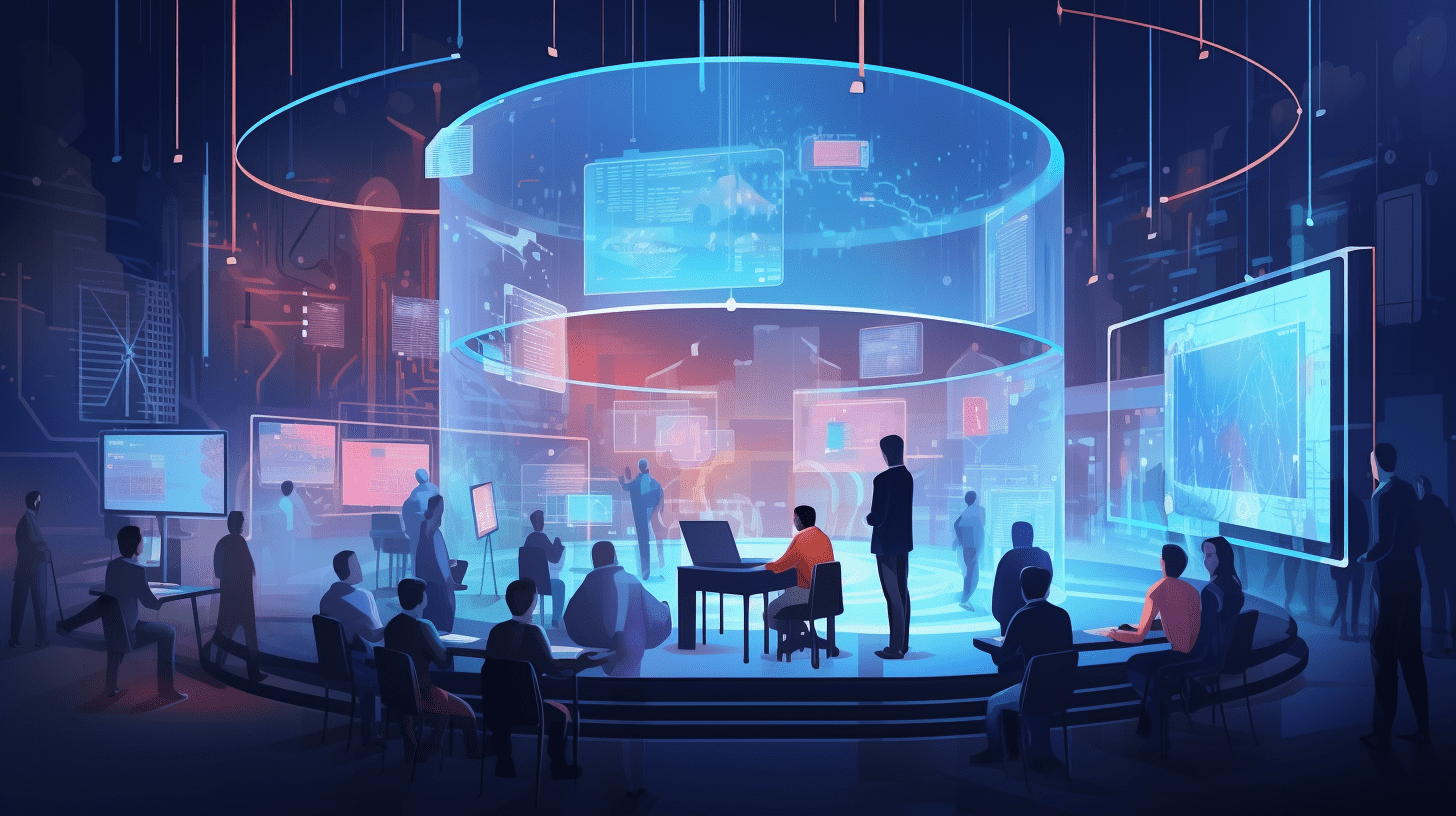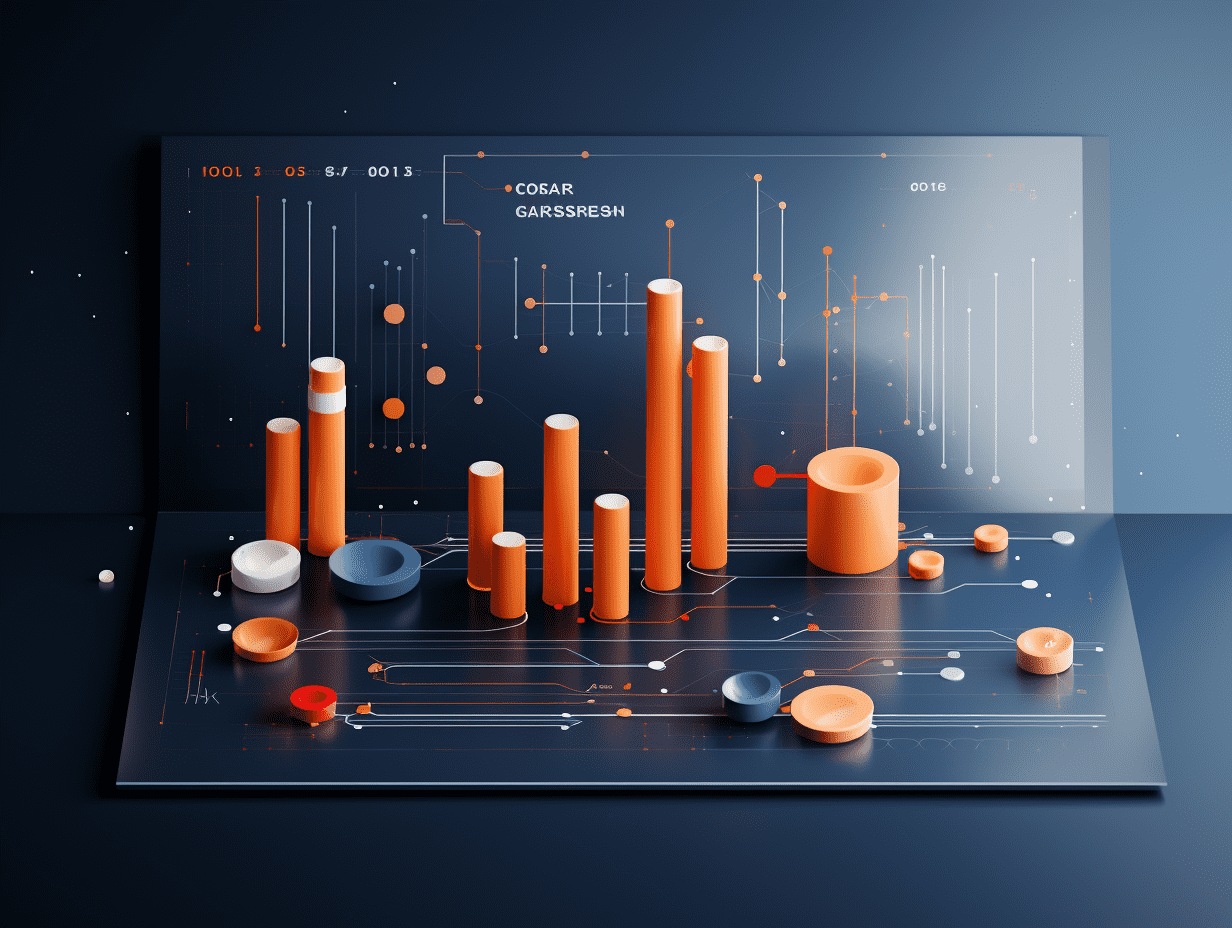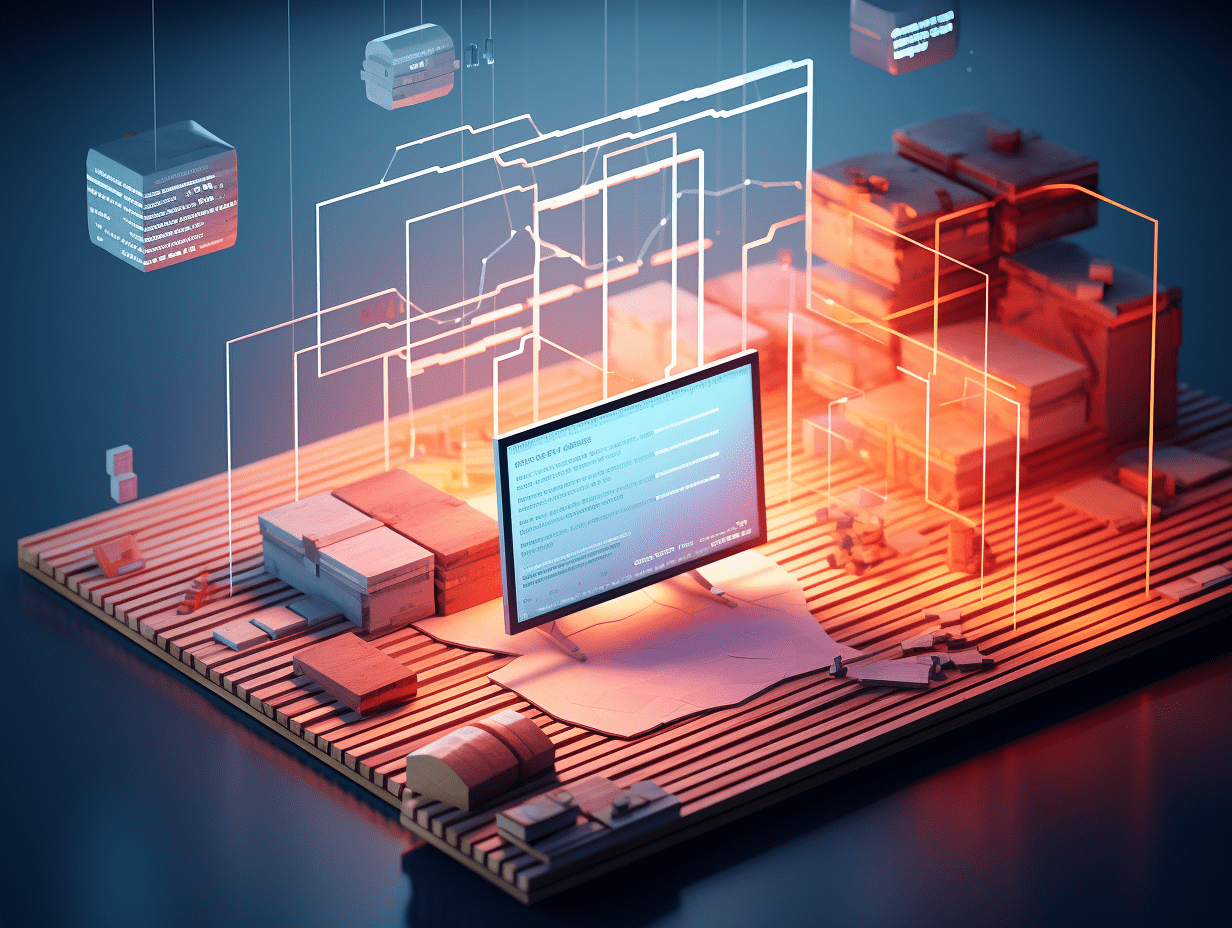Howard Marks: Is there a bubble in the US stock market right now?
Max believes that the US stock market may have some bubbles but is not crazy. The expected P/E ratio of the S&P 500 index is 23.6 times. In addition, compared to valuation parameters, the most effective way to judge bubbles is psychological diagnosis. Currently, there is no one saying "there is no price that is too high to reach". This irrational thinking is the exact sign of a bubble.
Currently, Wall Street is filled with debates about the "bubble" of US stocks. According to renowned investment master Howard Marks, valuations may have some bubble, but they do not seem crazy.
On Tuesday, Oaktree Capital founder Howard Marks published a column in the Financial Times, discussing whether the current US stock market has entered a bubble. Marks believes:
Although the expected price-earnings ratio of the S&P 500 index is high, it is not crazy, at 23.6 times. I have not heard anyone say "there is no price too high to reach," and although the market may be high-priced and may have some bubble, it does not seem crazy to me.
Marks pointed out in the article that the exact sign of a bubble is irrational bubble thinking:
Compared to valuation parameters, a more effective way to judge a bubble is psychological diagnosis, a highly irrational prosperity - an utter adoration for a group of companies or assets that leads people to fear missing out on the opportunity to participate in the bubble, firmly believing that these stocks have "no price too high to reach." Especially when I hear the latter, I believe it is a sure sign that a bubble is brewing.
Marks also stated that bubbles are often related to "new things," and being overly optimistic about new things can lead to pricing errors:
Because bubble participants cannot imagine any negative impacts, they often provide valuations assuming success. In reality, only a few newcomers may thrive, or even survive. A promising newcomer may be replaced, disruptors may be disrupted.
Below is the full text of the column:
Many investors are highly vigilant about asset price bubbles, fearing a repeat of past booms and busts.
Therefore, I am often asked whether there is a bubble around the handful of stocks that lead the S&P 500 index, the so-called tech "seven giants" that have dominated the index's performance in recent years and contributed vastly disproportionate gains.
You can identify bubbles by valuation parameters, but I have always believed that psychological diagnosis is more effective. I look for a highly irrational prosperity - an utter adoration for a group of companies or assets that leads people to fear missing out on the opportunity to participate in the bubble, firmly believing that there is "no price too high to reach" for these stocks. Especially when I hear the latter, I believe it is a definite sign that a bubble is brewing. In short, a bubble is characterized by bubble thinking.
If bubble thinking is irrational, what leads investors to deviate from rational thinking? The answer is simple: new things. This phenomenon relies on another enduring investment maxim, "this time it's different". Bubbles are always related to new mistakes, from the tulip fever in 17th-century Dutch to late 1990s internet and telecom stocks. As there are no historical benchmarks to measure the appropriate valuation of new things, there is nothing that can anchor them on solid grounds.
The bubbles I have experienced involve innovation, many of which were either overestimated or not fully understood. The attractiveness of new products or business models is often obvious, but potential risks and flaws are often hidden. A new company may completely surpass its predecessors, but investors often fail to realize that even a bright newcomer may be replaced, disruptors may be disrupted, whether by technically superior competitors or updated technologies.
In the 1990s, investors were convinced that "the Internet would change the world." At the time, it certainly seemed so, and this assumption led to a surge in demand for anything related to the Internet. E-commerce stocks were listed at seemingly high prices, doubling on the first day. Every bubble and frenzy typically has a kernel of truth behind it, just some are exaggerated. The internet did change the world, but the vast majority of internet companies that soared in the late 1990s bubble ended up worth nothing.
Being overly optimistic about new things leads to pricing errors. Because bubble participants cannot imagine any downside risks, they often provide valuations assuming success. In reality, perhaps only a few newcomers will thrive, or even survive.
Stocks are sold at multiples of future earnings for the next year, reflecting the expected profits for years to come. When you buy a stock, you are buying a share of the company's future annual earnings. When stocks are purchased at above average price-earnings ratios, investors are paying for the company's profits for the next several decades, even considering significant growth.
Today, the leading companies in the S&P 500 index are in many ways much better than the best companies in the past. They have significant technological advantages and scale, but sustainability is not easily achieved, especially in the easily disruptible high-tech fields. During bubbles, investors treat leading companies as if they are sure to maintain their leadership for decades. Some have done so, but change seems more common than permanence.
Is the US stock market too high? It is extremely rare for the S&P 500 index to have returns of 20% or more for two consecutive years. This has happened in the past two years, with the S&P 500 index rising by 24.2% in 2023, 23.3% in 2024, and now we are in 2025. What will the future hold?
Today's warning signs include the widespread optimism in the market since the end of 2022, enthusiasm for artificial intelligence as a new thing, and the widespread assumption that the top seven companies will continue to succeed. On the other hand, the expected price-earnings ratio of the S&P 500 index, although high, is not crazy, at 23.6 times. I have not heard anyone say "there is no price too high to reach," and although the market may be high-priced and may have some bubble, it does not seem crazy to me.
This article is reprinted from "Wall Street Horizons," edited by Chen Xiaoyi of GMTEight.
Related Articles

The rise of retail investors in the US stock market: Record funds in 2025, Wall Street institutions are forced to "dance with retail investors."

The Ministry of Commerce responds to questions about the United States adding "untrusted supplier list" in the field of drones.

The options market has already set up for a year-end decline, and the US dollar is feared to have its worst annual performance in eight years.
The rise of retail investors in the US stock market: Record funds in 2025, Wall Street institutions are forced to "dance with retail investors."

The Ministry of Commerce responds to questions about the United States adding "untrusted supplier list" in the field of drones.

The options market has already set up for a year-end decline, and the US dollar is feared to have its worst annual performance in eight years.

RECOMMEND





